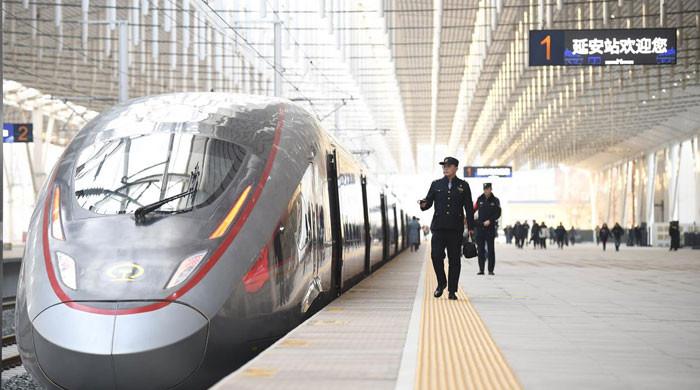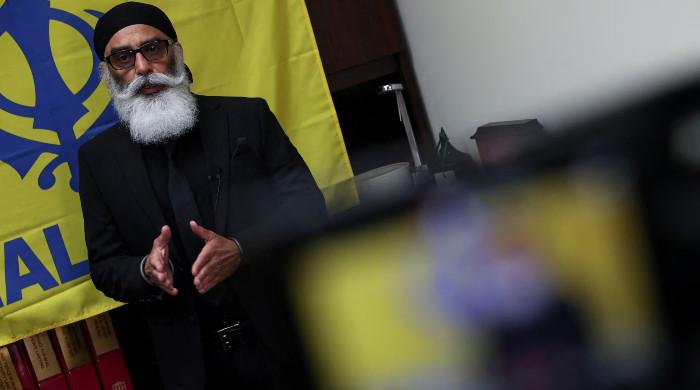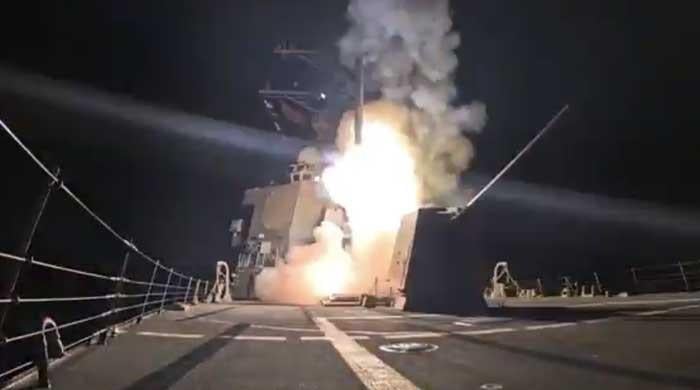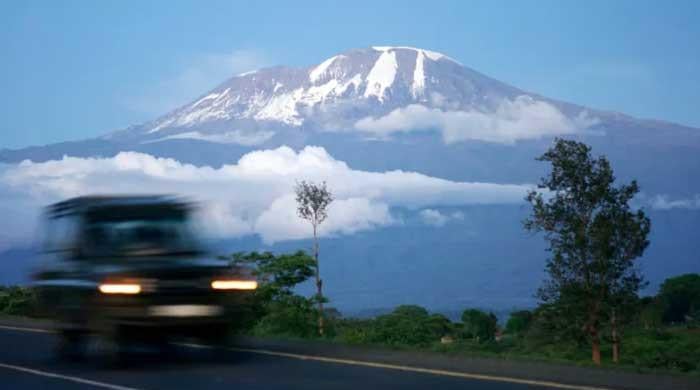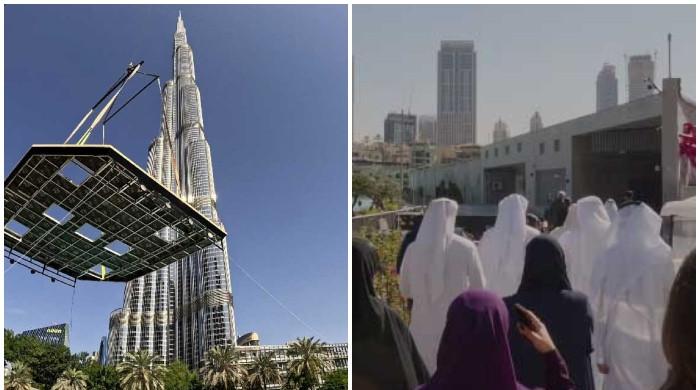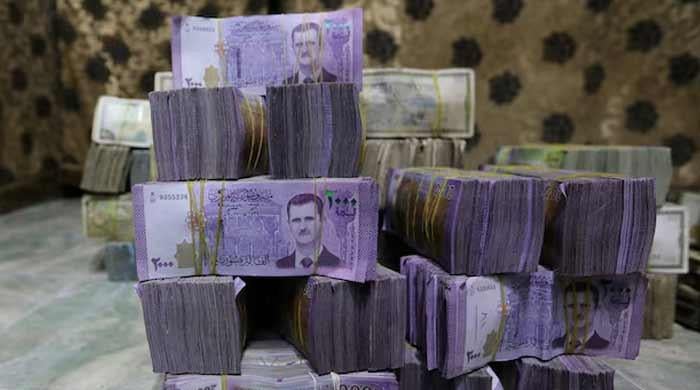August 5 has serious fallouts
'The agenda of Modi government is clear that it wants to change the demography of the region'
August 05, 2020
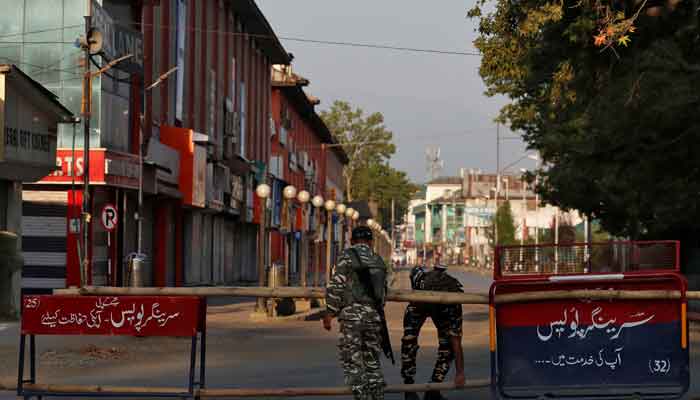
As New Delhi geared up to celebrate the first anniversary of the abrogation of Articles 370 and 35-A of the Indian Constitution, the Kashmir Valley already reeling under an upward COVID-19 trend and the seismic aftereffects of August 5 decision was - as expected - yet again put under a stringent two-day curfew. However, across Kashmir and also in parts of Ladakh and Jammu, August 5 was observed as a black day.
Pertinently, over the last one year, Kashmir has been under a continuous state of multiple restrictions that vary from partial curfew to slow internet to media gag.
The Bharatiya Janata Party (BJP) government’s August 5 move was a legal trickery employed to do away with the consent of the state assembly, a prerequisite to annul Articles 370 and 35-A of the Indian Constitution that guaranteed the conditional accession of the state of Jammu and Kashmir with India.
Read more: The story of hundreds of Pakistani women trapped in Indian-occupied Kashmir
Since the state assembly was dissolved by the governor, the Modi government used the governor as the state authority for the consent despite the governor being the appointee and representative of the union government rather than representing the state.
The entire state of J&K, Kashmir valley, in particular, was turned into a garrison and all modes of communication suspended well before the two articles were struck down on August 5 last year and the state sliced into two union territories: J&K and Ladakh.
There was a nearly two-month-long prelude to the August 5 drop scene during which a large number of troops were mobilised into an already heavily militarised valley, the annual Hindu pilgrimage Amarnath Yatra was suspended and orders were given to the state police to stock fuel and edibles. A widespread crackdown was launched against resistance camp and the leadership was thrown in jail, mostly outside the state in inhuman conditions with absolutely no communication with the family. Even the trade leaders weren’t spared. So much so that the pro-India leadership too was jailed or put under house arrest. It included three of the former chief ministers of J&K. The father-son duo of Farooq Abdullah and Omar Abdullah was released many months later while Mehbooba Mufti continues to be in detention.
Read more: Narendra Modi’s August 5 (mis)adventure
Amid ubiquitous rumours and speculations in the run-up to the removal of the special status, the state governor Satyapal Malik kept reassuring the Kashmiris that the measures were meant to counter some major terror attacks and that the Centre didn’t intend to take away the special status of the state. However, a few weeks later, in an interview to Hindustan Times, Governor Malik unabashedly admitted that he was lying all along and that the people should have known that.
“I cannot be revealing official secrets. I have sworn secrecy under the Constitution. The people should have known. Prime Minister Narendra Modi and [home minister] Amit Shah made the revocation of Article-370 an election issue and it was also listed in their manifesto,” said Malik.
Post-August 5, New Delhi has constantly been blowing its own trumpet through the mainstream media, a large section of which makes no bones about its blatantly pro-Hindutva agenda.
Read more: India's annexation of IOJK: A timeline of events that transpired post August 5
However, the BJP government’s lofty claims blared out from the news channels day in and day out are a far cry from what, in reality, is happening in Kashmir.
New Delhi has employed every trick in the book to try and portray a non-existent normalcy in Kashmir but in vain. No PR exercise including the orchestrated tour of the rightwing European parliamentarians in October last year seems to have worked for New Delhi. While the Indian government’s propaganda cuts no ice with the international community, its insensitivity towards the Kashmiris is only growing and instead of acting rationally, it carries on with its wanton agenda because that, it believes, will bring the greater Hindutva cause to fruition. Avid Kashmir observers believe that since New Delhi has pushed Kashmiris to the wall, its catastrophic fallouts can’t be ruled out.
Post-August 5 agenda
India, as is clearly evident, is ruling J&K through the barrel of a gun under a stern clampdown, media gag and frequent communication blockade. Every now and then, journalists are called in for interrogation for the stories they do.
Read more: #KashmiriLivesMatter digital campaign displayed at UK Parliament on 'Youm-e-Istehsal'
As in the early nineties, when the militancy had just erupted, the army is again in control of the proceedings. Military Intelligence (MI) is playing a more active role than any other intelligence agency. Primarily because the army was completely behind the Centre’s decision while other agencies were apprehensive and unsure.
But that’s not all it is. The government of India introduced new domicile rules that give citizenship rights to the Indians who have lived in the territory for 15 years. It also includes those who have studied there for a period of seven years and appeared in class 10/12 examination in any institution.
The definition in the gazette expands to other potential applicants as well. This law is clearly being seen as an attempt to alter the demography of J&K.
Read more: 'In Kashmir, everyone's battling Indian oppression except local media'
The sudden influx of labourers from northern India in the middle of a pandemic to work in brick kilns has aggravated the fears further. Since everything has come to a halt in Kashmir, including construction work, because of COVID-19 and the terrible economic condition that arose as a result of the August 5 decision, it’s widely being questioned who in the Valley needs bricks and construction material at such a large scale. Fears have started growing that it could be the first step towards building the settler colonies.
Geopolitical implications
Calling it a political trickery, days after its execution, Chinese government's media organ Global Times referred to the nullification of the special status of J&K as “reckless India's unilateral decision” and warned of “actual consequences that India can't control." Geopolitical experts view the ongoing LAC row in the same light.
In a recent article by CICIR deputy director, Wang Shida, that was published on June 4, the author argues that the August 5 move is a challenge to the sovereignty of China and Pakistan that has made the India-Pakistan relations and China-India relations more complex. CICIR is a Beijing-based think tank affiliated to China’s Ministry of State Security.
Read more: Kashmir, one year after the abrogation of Article 370
It is for the first time that China, which has multiple border disputes with India and lays a claim to parts of Ladakh, has unequivocally mentioned its joint interests with Pakistan while warning India. This also underscores the Sino-Pak military interoperability. Unlike the wishy-washy India-US alliance in which India acts more like a lackey, Sino-Pak alliance is cast in iron for a variety of practical reasons.
China has made it abundantly clear that its involvement with the Kashmir issue isn't just rhetorical. Noted China expert and coauthor of “Dragon On Our Doorstep”, Pravin Sawhney, believes China is serious on Kashmir. “Chinese do not believe in empty rhetoric. Hence their comments must be taken seriously,” says Sawhney.
Shabir Hussain is a senior journalist and political analyst based in IoJ&K




